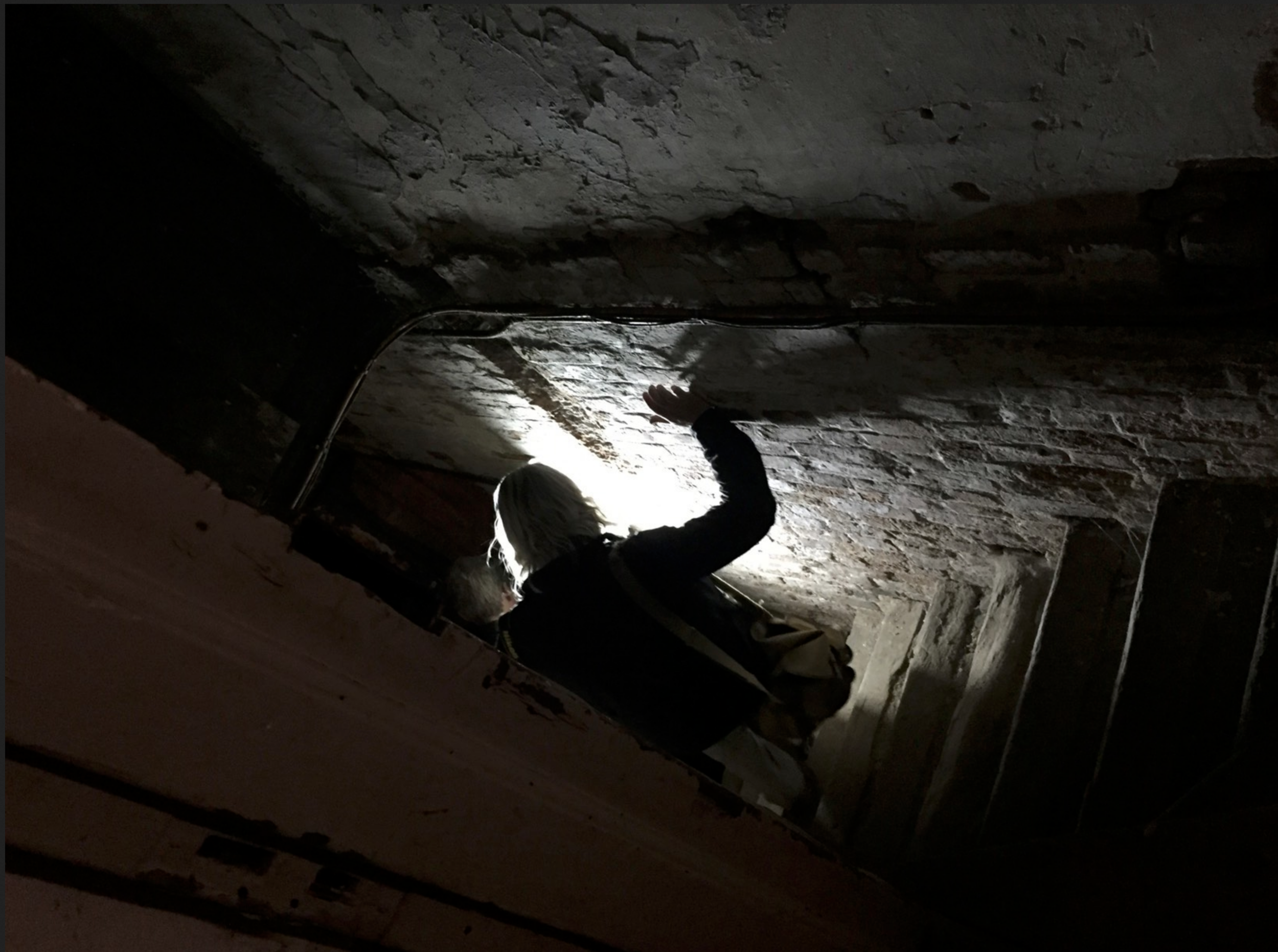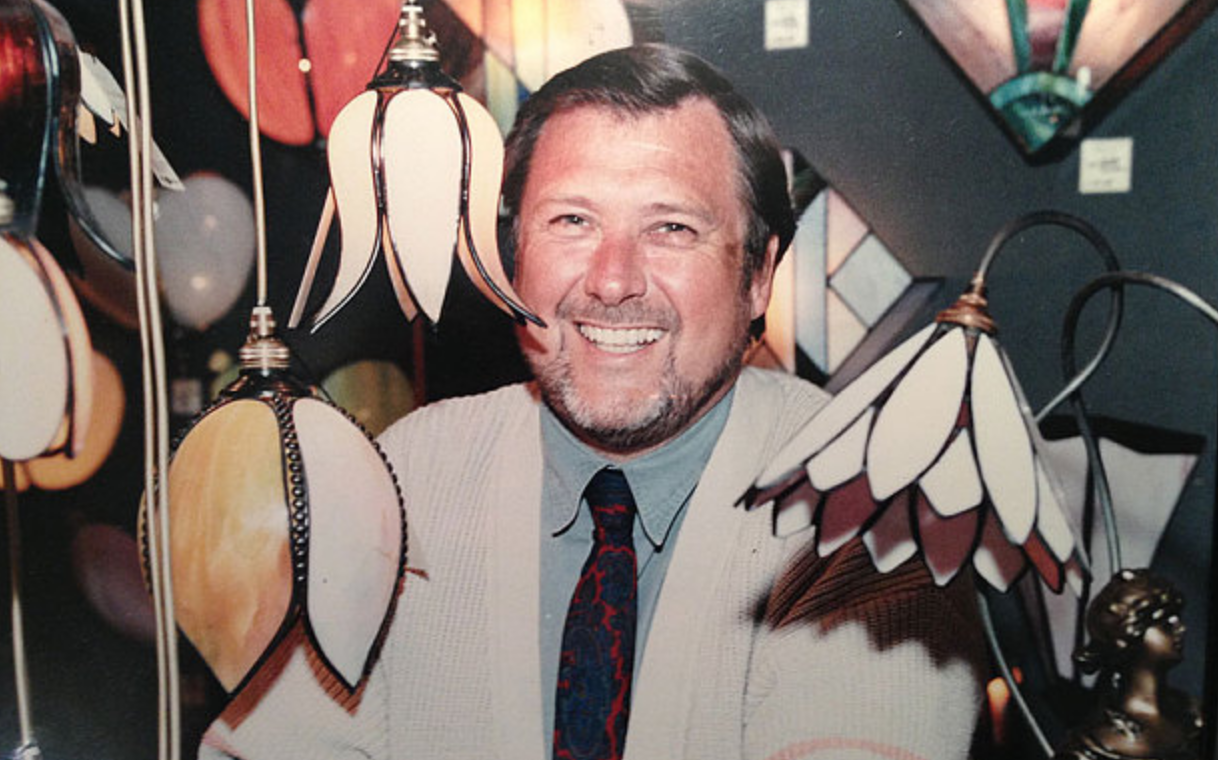A Wray of Light
A few weeks ago I had an extended mooch around the Christopher Wray building on Bartholomew Row – this you may remember was the lighting shop not far from Masshouse Circus that closed about ten years ago. Everything that once may have served as a landmark in that area (Rosa’s Café, Los Canarios restaurant, The Railway [pub]) has now gone and its current geo-markers (Millennium Point, Hotel La Tour, Eastside City Park, BCU Parkside) have all appeared in the last few years.
For all it’s modern context, it turns out the Christopher Wray building is perhaps the oldest in the city centre. Or rather part of it is, as this industrial complex has been extended for different purposes over nearly three centuries. Whilst browsing the glitzy chandeliers and uplighters back in 1998, I hadn’t realised that this was more than merely a sales outlet: all the elements for the various lights fixtures were actually being cast and pressed out the back in workshops and in the basement foundry. That metal casting tradition stretches back to the earliest days of the building, developed by the brass founder, William Bache in 1749.
For Birmingham, especially the city centre, 1749 is ancient. There’s really only St Philips that predates it, and a few C17 timbers in the Fox and Grapes. It’s worth getting excited about – especially knowing that (unlike the fox and Grapes) this building will have a life beyond the HS2 developments.
Over the years, the workshops here have been used by pearl button makers, tinners, millstone makers, cabinet makers and engravers. Additionally, most of the properties would also have had their own brewhouse and the complex was developed in the C19 by a ginger beer maker. The buildings later formed the epicentre of the Italian Quarter, offering accommodation for Italian immigrants. Rosa’s café, demolished in 2009, represented the last stand of a long established Italian connection.
There are two surviving townhouses from an initial row of 19 house on what was then called Carrow Fields: 9 and 10 still remain, albeit in a much altered form. When compared to the Georgian elegance of many C18 Hockley survivors, this is pure Digbeth: chopped up, modified for work, bashed around. It’s actually this factor, the uniquely-surviving industrialisation of a domestic townhouse plot that has led to its being listed. The actual shop floor of Christopher Wray is a modern creation, little more than a lean-to shack, but I sensed there was more to be discovered behind the crumbling brick facade of the domestic dwellings. Property developer Simon Linford agreed to show me around.
In what is now the site office (for the building is on the verge of being redeveloped by Linford’s) I discovered the number plate from Christopher Wray’s Merc, propped up on a mantel piece: L11 GHT. Later investigation reveals him to be a showman from the beginning: an established magician, stage performer and occasional Doctor Who actor. In the name of research, I watched the entirety of the Pertwee era Sea Devils to watch Wray (briefly) in action. The bric-a-brac he assembled for theatre props were later sold on at a market stall, the beginnings of his lighting empire. Sadly, Simon revealed that he had died just a few weeks earlier.
The buildings are in pretty bad shape and there are several places upstairs where it simply isn’t safe to walk. In many places, the rain has entered the building unchecked. The plot is extensive, and at every turn there is evidence of its former use. Boxes of lighting fixtures are piled up everywhere, hanging from wall mounts and flowing out of drawers. The stencilled wooden storage boxes look familiar: Simon confirms that the provisions shelving that I’ve seen in Lewis’s deli in Moseley originated as recycled ammo storage sourced by Wray in the 70s, sold on via eBay. In the domestic areas, patterned wallpaper show the changing fashions of the years. The labyrinthine basement areas extend some way under the street itself. Check out the recent Birmingham Post Hidden Spaces supplement for a more comprehensive description of the interior…and indeed better photos.
What’s fascinating here is that it’s possible to go back to regency Birmingham in the city centre – but no-one knows it’s here. It’s invisible. Even the ultra-rigorous Pevsner Architectural Guide to Birmingham misses it. While pub landlords know the value in staking ‘oldest’ claims – however dubious the claim – the city manages to miss a trick here. This is odd for an industrial city that could widely be celebrating its creative industrial and scientific past (like Manchester does). However, it’s a thrill to have found it and exciting to think what Linford will end up doing with the place, given its listed status. Rumour is that the workshops and ateliers will have a creative output once again…
Let there be LII GHT
Liight Flight
Windows 1795
Stair through
A Hidden Space
Wray's a laugh






